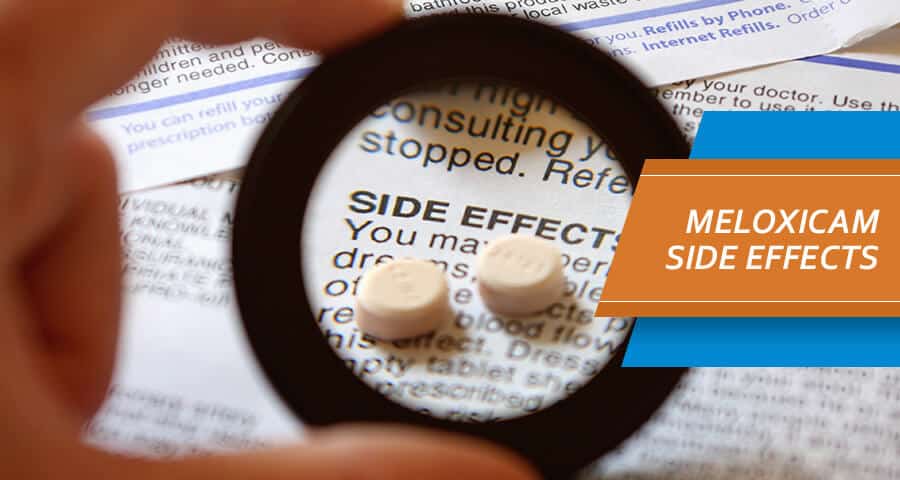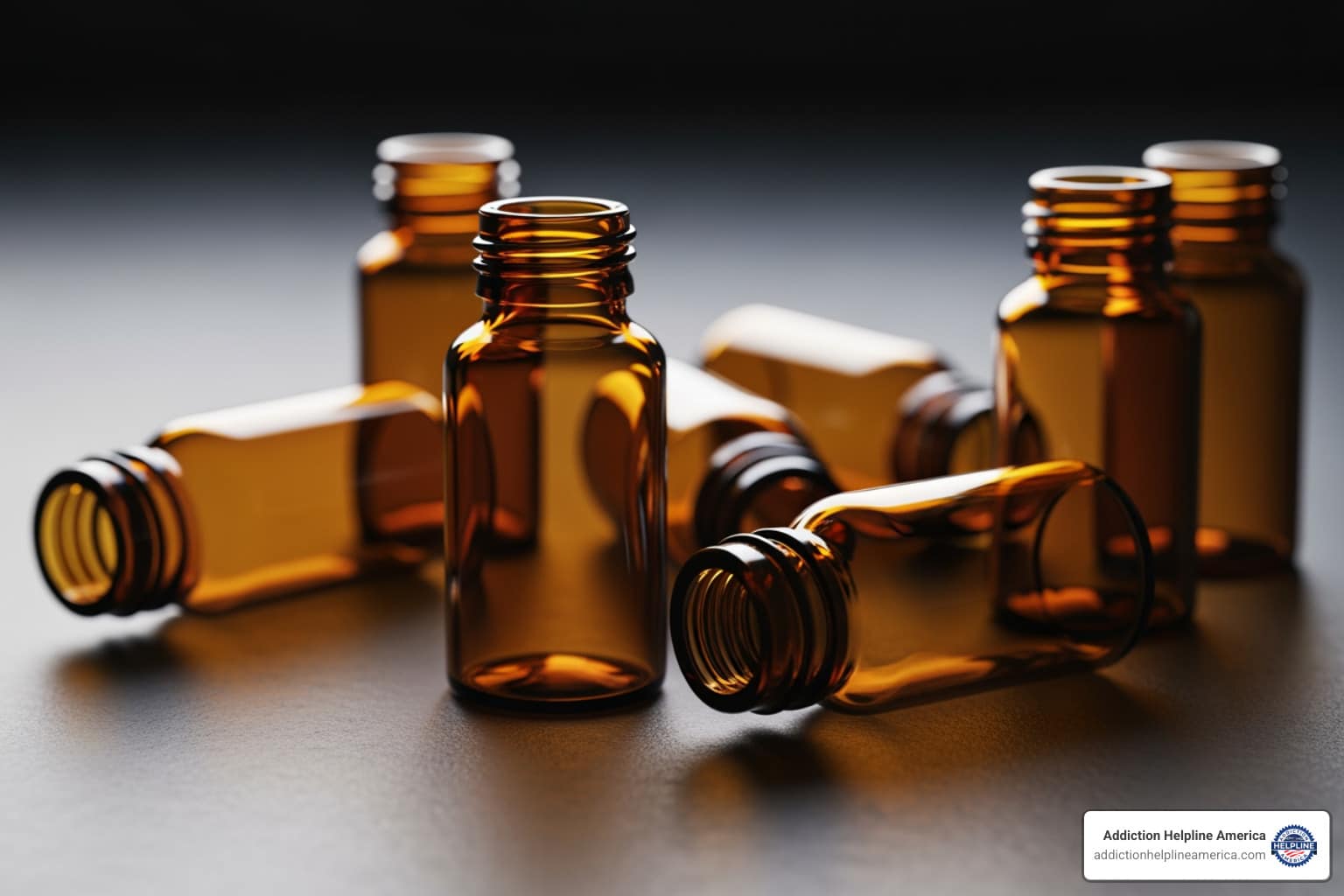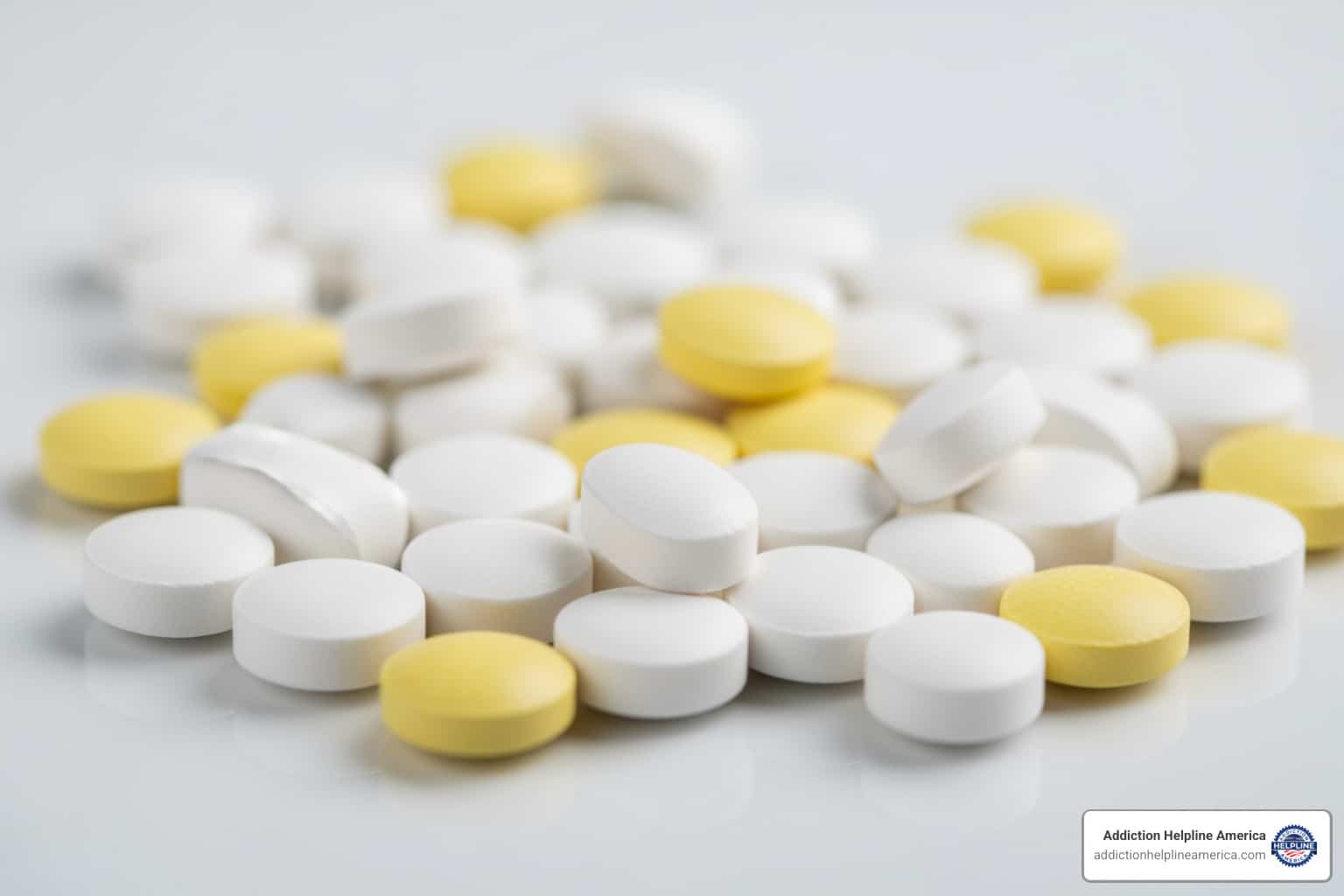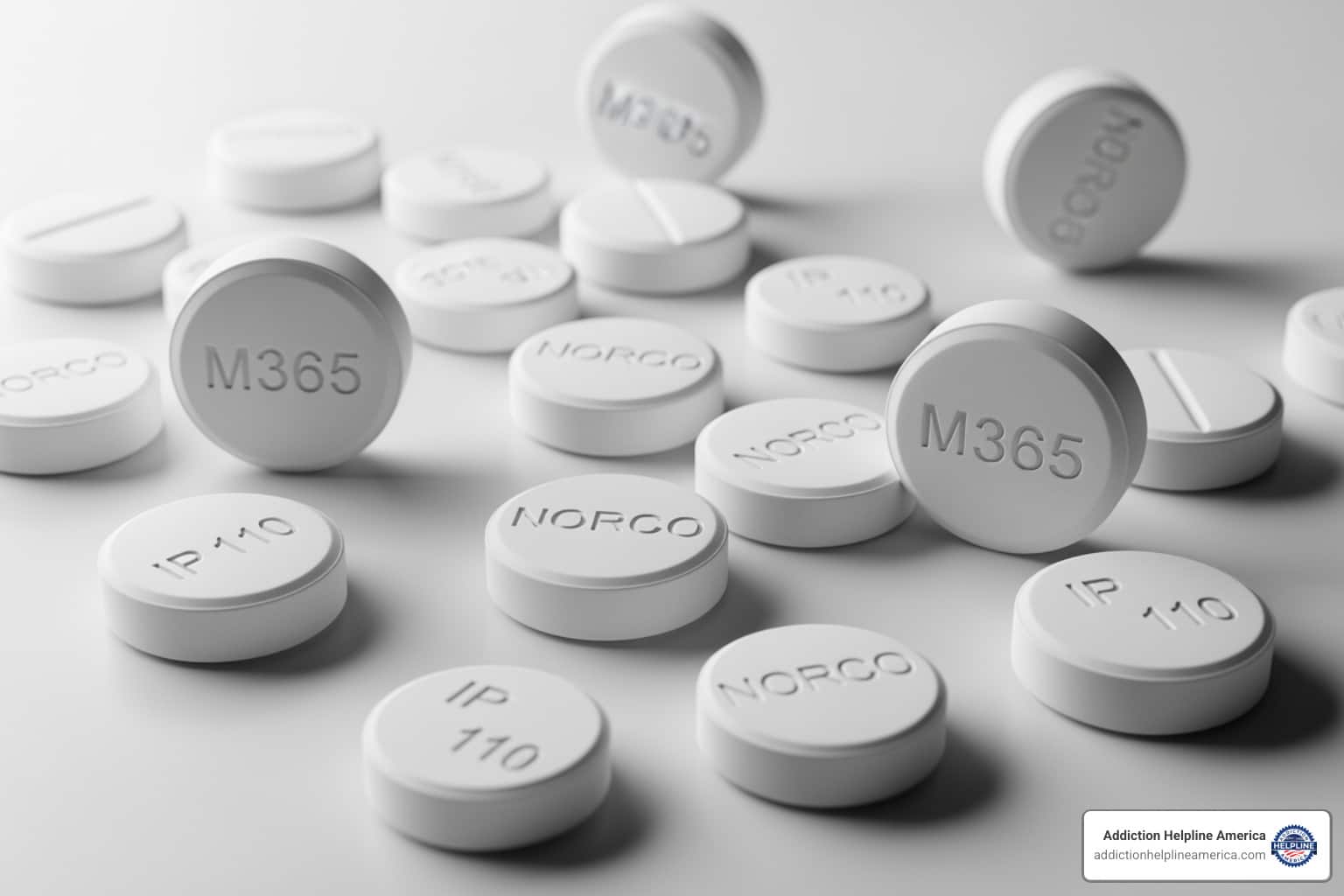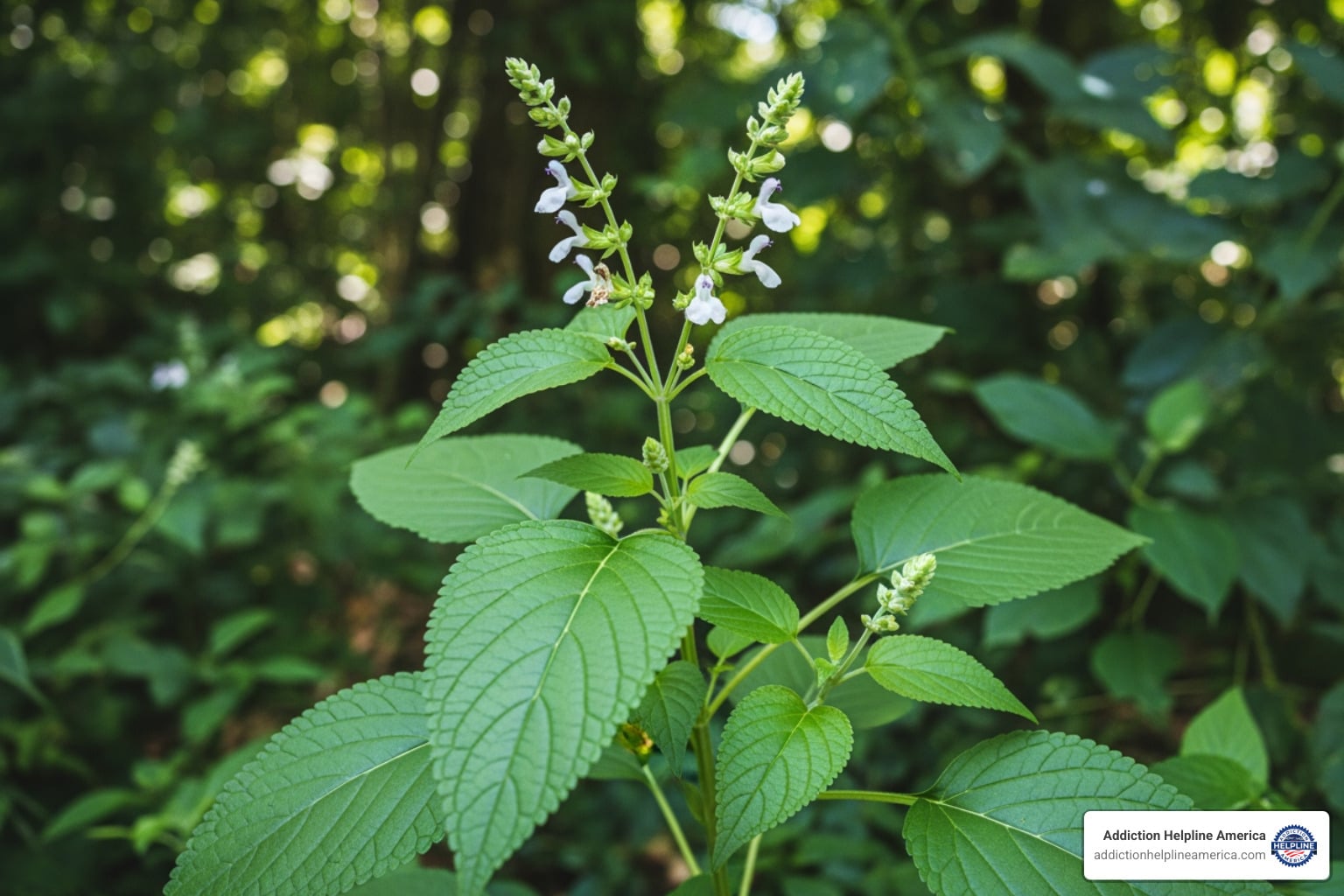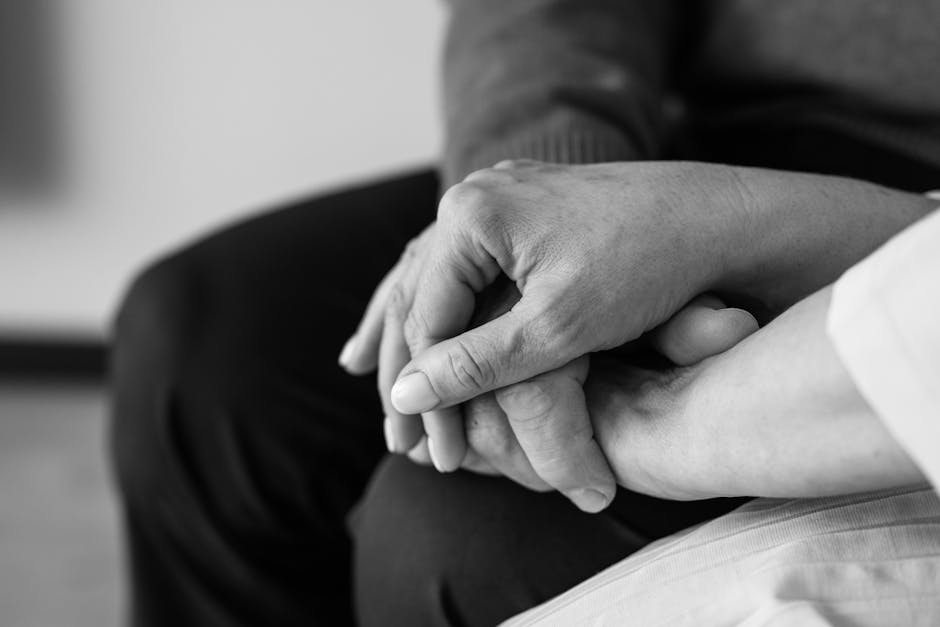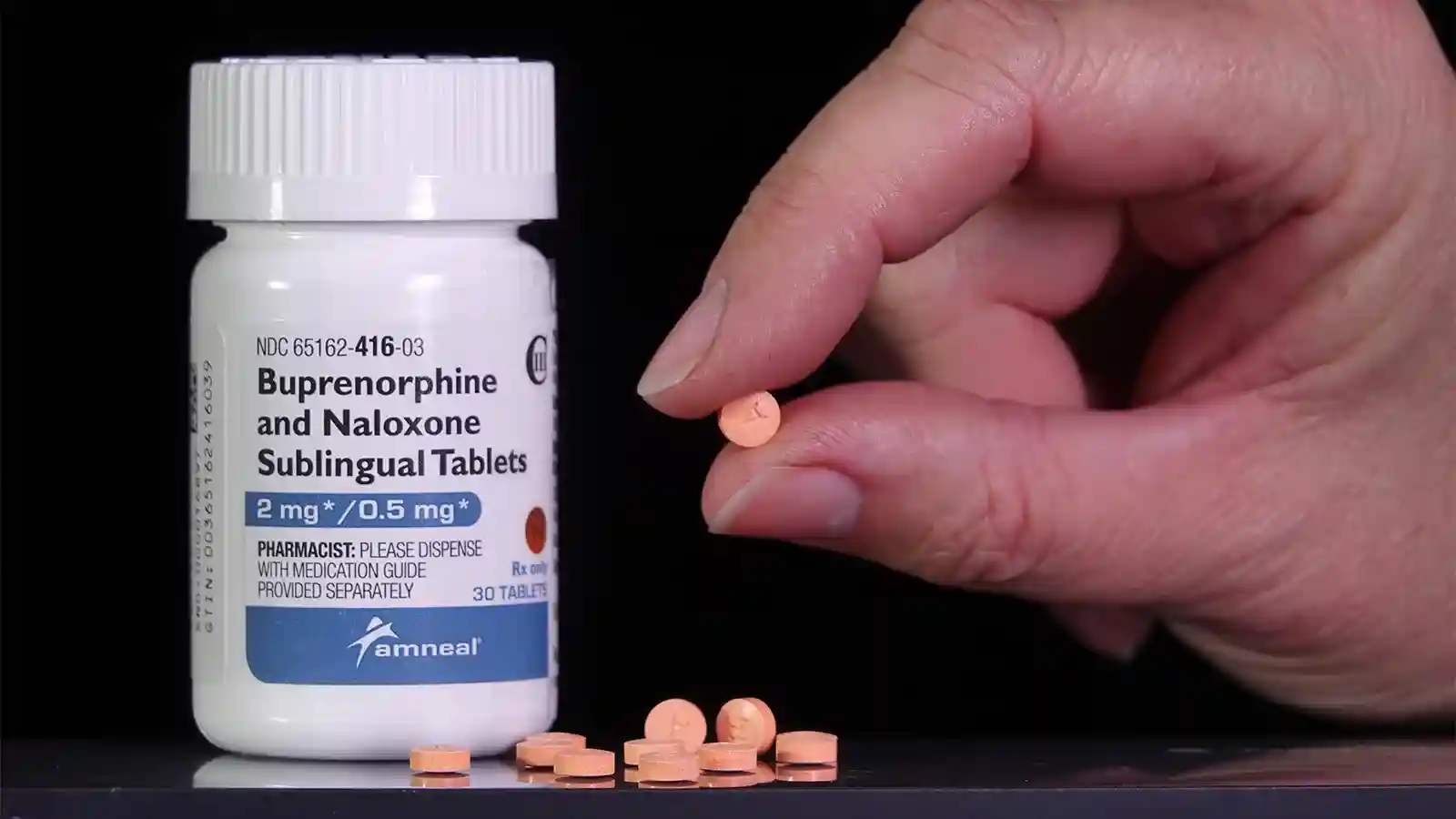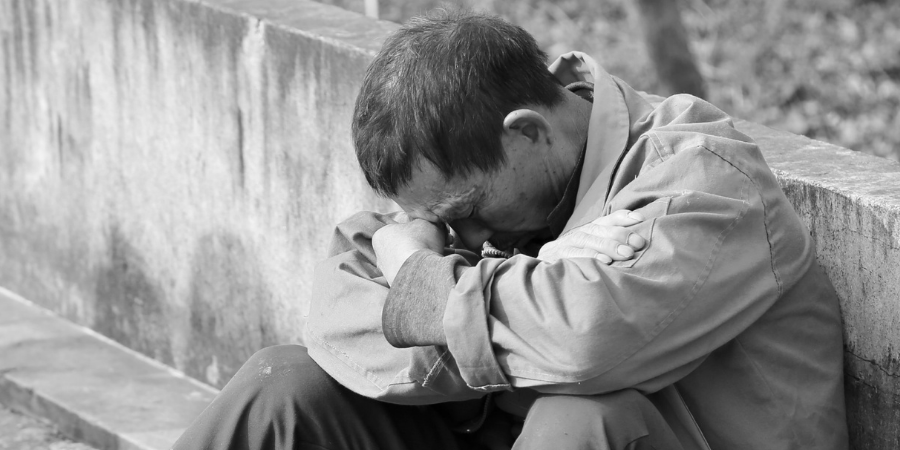
When someone who is dependent on heroin stops using it, their body and mind go through a powerful and often painful reaction. This is heroin withdrawal. The process unleashes a storm of physical and psychological heroin withdrawal symptoms as the brain scrambles to function without a substance it has come to rely on. Getting a handle on the withdrawal timeline and finding professional help for detox are the critical first moves toward getting better.
Why Heroin Withdrawal Happens
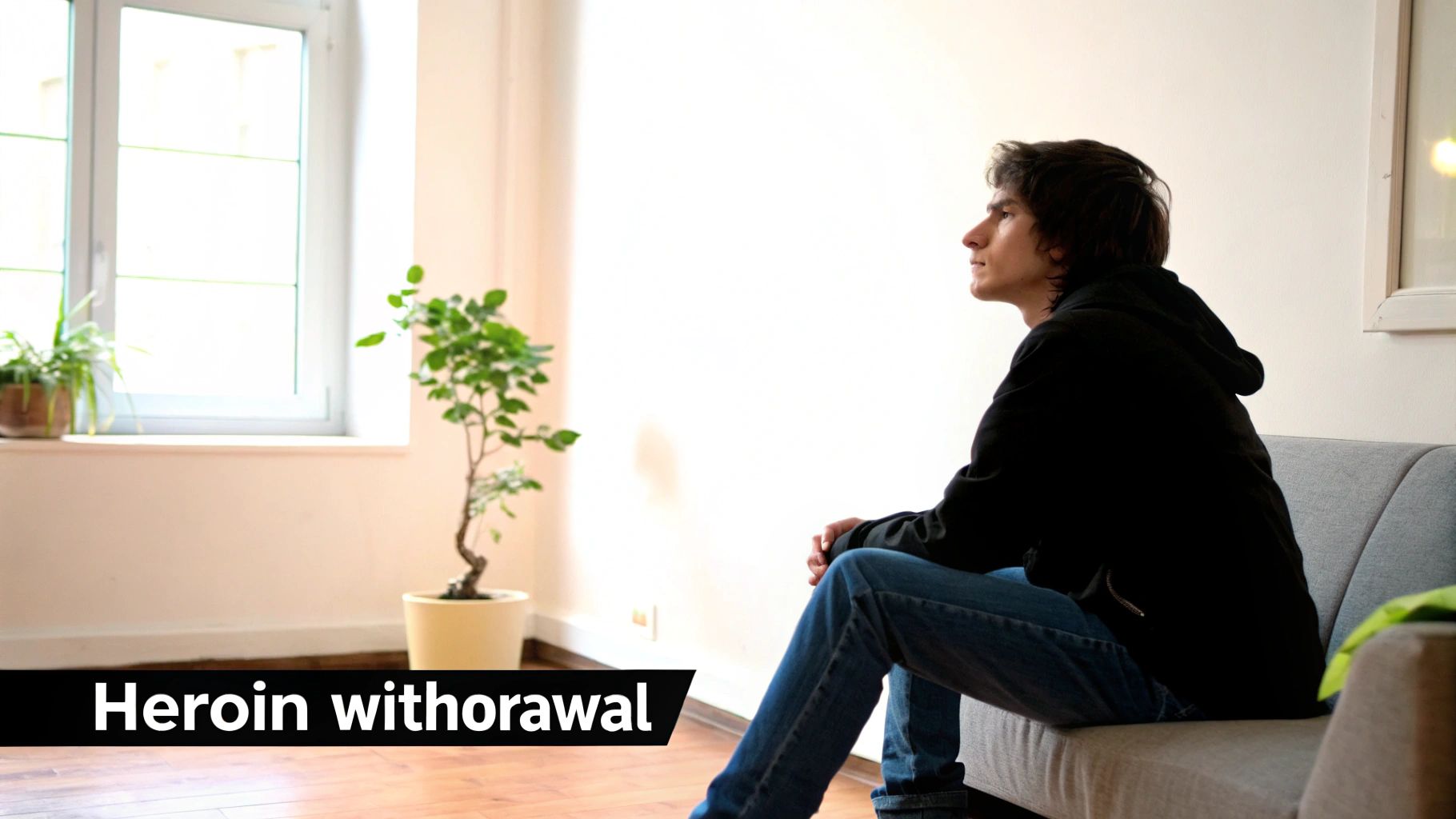
To really get why withdrawal is so brutal, picture your brain as a finely tuned orchestra, always working to maintain a perfect balance, or homeostasis. Heroin barges in and hijacks this system. As a powerful opioid, it latches onto specific receptors and floods the brain with an overwhelming amount of “feel-good” chemicals like dopamine.
This chemical deluge is what causes the intense high. But with repeated use, the brain starts to adapt. It gets lazy, dialing back its own production of these natural mood-lifters because it’s getting them from an outside source. Before long, the brain depends on heroin just to feel normal. This is physical dependence.
The Brain’s Chemical Imbalance
Once dependence sets in, the entire rulebook has been rewritten. Using heroin is no longer about chasing a high; it becomes a desperate act to keep agonizing withdrawal symptoms at bay.
When you abruptly take heroin away, the brain is thrown into total chaos. It’s suddenly starved of the drug it needs, but its own internal chemical factory is still shut down. This severe imbalance is what unleashes the punishing cascade of withdrawal symptoms.
“Think of it like a system in shock. The body, deprived of heroin, overcorrects in a major way. Your central nervous system goes into overdrive, triggering the whole range of painful physical and psychological effects we associate with heroin withdrawal.”
The Scale of Heroin Use and Dependence
Developing a physical dependence isn’t a rare outcome; it’s an almost guaranteed consequence of regular heroin use. To put it in perspective, in 2020 alone, an estimated 902,000 people aged 12 or older in the U.S. used heroin.
The grip of dependence is incredibly strong. It’s estimated that about 60% of people who have used heroin in the past year will experience withdrawal, a stark reminder of the drug’s addictive power.
This biological takeover is a core part of what defines drug addiction, where the body’s physical cravings start to dictate every choice. The symptoms aren’t a moral failing or a lack of willpower; they are a predictable, biological response. They signal that the body is beginning the grueling but essential journey back to its natural state. This is exactly why a medically supervised detox is not just recommended—it’s vital for a safe and successful recovery.
The Heroin Withdrawal Timeline: What to Expect
If you’re facing heroin withdrawal, the most powerful tool you have is knowledge. Understanding what your body is about to go through can strip away the fear of the unknown and empower you to get the right help.
Think of it like this: your body has gotten used to functioning with heroin, and withdrawal is its intense, often painful, process of recalibrating back to a natural state. This doesn’t happen all at once. Instead, it unfolds in predictable phases, each with its own set of challenges.
While everyone’s journey is a little different, the general timeline provides a roadmap of what to expect as you move through the acute detox period.
Stage 1: The First 24 Hours (Early Withdrawal)
Because heroin is a short-acting opioid, its effects wear off fast. This means the first signs of withdrawal can show up much quicker than you might think, often kicking in within just 6 to 24 hours of the last dose. This early phase feels a lot like a nasty, sudden-onset flu.
You can expect to feel:
- Deep, nagging aches in your muscles and bones.
- A growing sense of anxiety, agitation, and restlessness.
- A runny nose, watery eyes, and excessive yawning.
- The beginning of cold sweats.
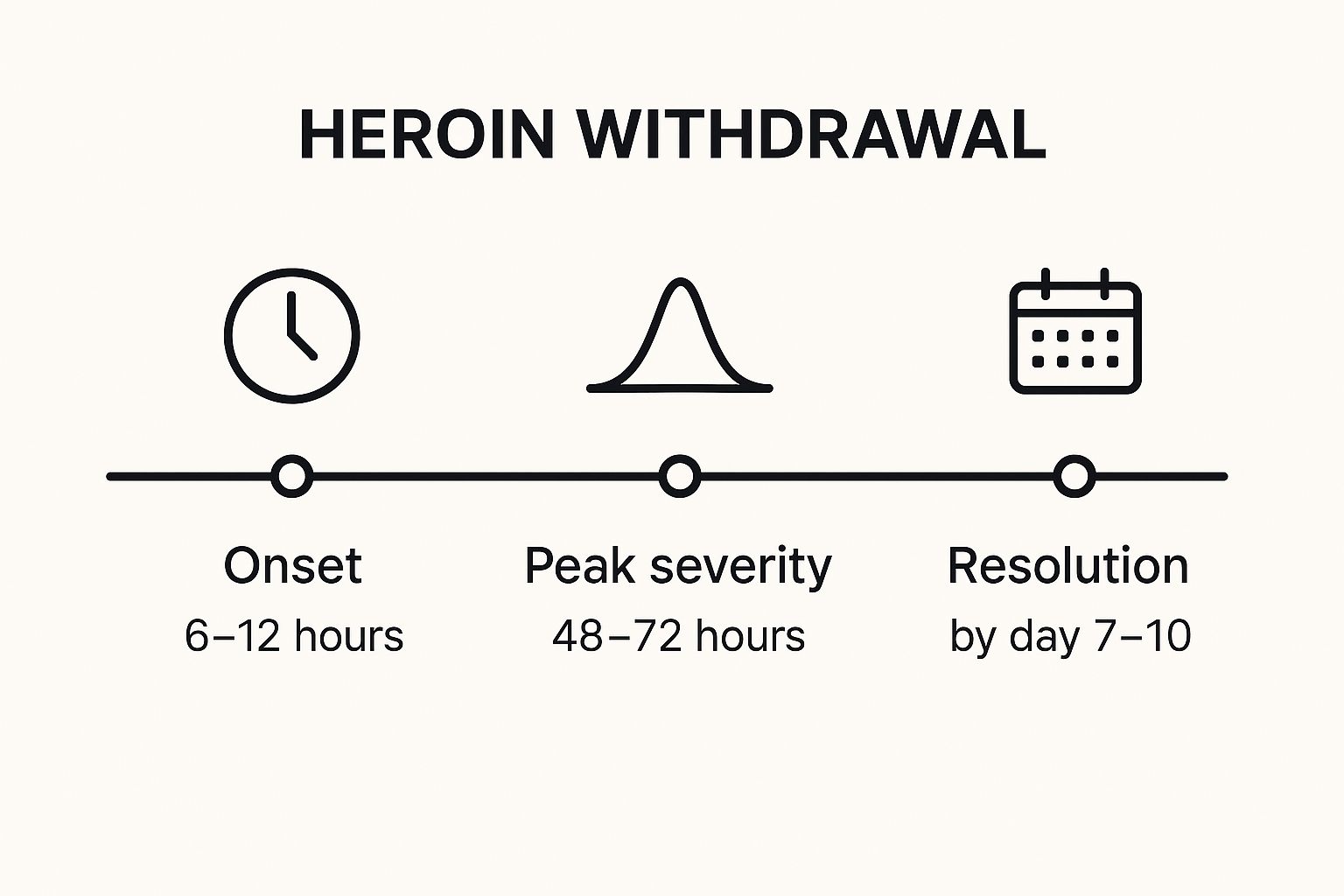
This initial stage is just the beginning, as symptoms will build over the next day or two. The intensity depends on factors like your usage patterns, overall health, and unique body chemistry.
Call Now – Your Journey to Recovery Begins Today!

Take the first step towards a healthier life! Call now to connect with our compassionate team and start your recovery journey today. Your path to healing awaits!
Our recovery specialists are available 24/7 to provide support, and all calls are confidential and free. Reach out anytime – we’re here to help!
Stage 2: The Toughest 48-72 Hours (Peak Withdrawal)
This is the hardest part. Between the second and third day, the early symptoms ramp up to their most extreme levels, and new, more severe ones join them. Your body is in full-blown crisis mode, and without professional medical support, the experience can feel completely unbearable.
“This peak is the make-or-break moment for many. The combination of physical agony and psychological distress creates a powerful, all-consuming craving to use again just to make it stop. This is precisely why a medically supervised detox is so crucial for both safety and success.”
During the peak, you can expect:
- Severe nausea, vomiting, and diarrhea, which can quickly lead to dehydration.
- Intense abdominal cramping and stomach pain.
- Goosebumps, chills, and the feeling of skin crawling.
- An inability to sleep (insomnia), which fuels total exhaustion.
- Overwhelming depression, hopelessness, and intense cravings.
Stage 3: Days 4-10 (Late Withdrawal)
Once you get through the peak, the worst of the acute physical storm is over. From day four onward, the most severe symptoms finally start to back down, though you won’t feel 100% overnight.
You’ll still feel physically weak and emotionally fragile, but the all-encompassing pain and sickness will begin to fade. You might finally be able to get some rest and keep down small amounts of food and water.
While the physical symptoms improve, psychological challenges like anxiety, irritability, and low mood can stick around. This is still a very vulnerable period. Completing acute withdrawal is a massive victory, but it’s the first step, not the finish line. Planning for what comes next is key, which includes understanding how long rehab might take to build a strong foundation for long-term recovery.
Heroin Withdrawal Timeline Stages And Symptoms
This table offers a clear, at-a-glance summary of the acute heroin withdrawal timeline, breaking down what to expect during each critical phase.
| Withdrawal Stage | Typical Onset | Common Physical Symptoms | Common Psychological Symptoms |
|---|---|---|---|
| Early Withdrawal | 6 to 24 hours after last use | Muscle aches, runny nose, yawning, sweating, watery eyes | Anxiety, irritability, restlessness, agitation |
| Peak Withdrawal | 48 to 72 hours after last use | Severe nausea, vomiting, diarrhea, stomach cramps, goosebumps, chills | Intense cravings, depression, severe anxiety, insomnia |
| Late Withdrawal | 4 to 10 days after last use | Lingering muscle aches, fatigue, gastrointestinal upset | Lingering anxiety, irritability, mood swings, dysphoria |
Understanding these stages helps demystify the detox process, making it a manageable challenge rather than a terrifying unknown.
Navigating Common Withdrawal Symptoms
Knowing the heroin withdrawal timeline gives you the “what” and “when,” but to really prepare for detox, you need to understand the “why” behind the symptoms. Heroin withdrawal isn’t just about feeling sick; it’s a full-body revolt. Your central nervous system, which has been artificially suppressed by the drug for so long, suddenly roars back to life.
This rebound effect is what kicks off the cascade of painful and distressing symptoms. Think of it like a powerful engine that’s been forced to idle at an unnaturally low speed. When you suddenly remove that governor, the engine doesn’t just go back to normal—it redlines, revving completely out of control. That’s a pretty good picture of what your nervous system goes through during withdrawal.
This intense overstimulation is the real root of the physical and psychological hell that defines the detox process.

The Intense Physical Symptoms Explained
The physical side of heroin withdrawal is brutal, plain and simple. People often describe it as the worst flu you can possibly imagine, then multiplied by ten. This isn’t hyperbole—the symptoms hit nearly every part of the body as it desperately tries to find its balance again.
Here’s what that looks like:
- Deep Bone and Muscle Pain: One of the most infamous symptoms is a profound, gnawing ache that feels like it’s coming from deep inside your bones. This happens because your body’s opioid receptors, which manage pain signals, are now empty and screaming for input.
- Severe Nausea, Vomiting, and Diarrhea: Your entire digestive system goes into revolt. This constant gastrointestinal distress is not just miserable; it’s dangerous. It can quickly lead to severe dehydration and throw your body’s essential electrolytes dangerously out of whack.
- Hot and Cold Sweats: The body’s internal thermostat goes completely haywire. You’re hit with waves of drenching sweats, then bone-rattling chills and goosebumps, sometimes all at once. This is just your body fighting to regulate its own temperature without the drug.
- Restlessness and Muscle Spasms: It becomes impossible to get comfortable. Involuntary muscle twitches, cramps, and that classic “crawling out of your skin” feeling make it impossible to stay still.
While these symptoms aren’t usually life-threatening on their own in an otherwise healthy person, the complications are a major concern. Dehydration from constant vomiting can quickly become a medical emergency. This is exactly why a medically supervised detox for heroin is so critical for your safety.
The Overwhelming Psychological Toll
The physical agony is only half the story. As your body wages war on itself, your mind is plunged into its own crisis. The brain, now starved of the artificial flood of dopamine it learned to rely on, simply can’t produce feelings of pleasure or even normalcy on its own.
“This mental and emotional exhaustion is often the hardest part to get through. The psychological symptoms create an intense internal pressure to relapse, as the brain screams for the one thing it knows will stop the suffering immediately.”
The psychological storm of heroin withdrawal often includes:
- Intense Cravings: This isn’t just “wanting” the drug. It’s an all-consuming, compulsive obsession that can obliterate every other thought in your head. The cravings are at their absolute worst during the peak of physical withdrawal.
- Severe Anxiety and Agitation: With your nervous system in overdrive, feelings of panic, paranoia, and extreme agitation are common. Your mind races, making it impossible to relax or feel safe for even a moment.
- Crushing Depression: The sudden chemical crash in your brain leads to a profound sense of hopelessness and despair. This emotional emptiness, known as dysphoria, can feel bottomless.
- Insomnia: Sleep is a distant memory. The combination of physical pain and mental chaos makes rest nearly impossible, which in turn makes every other symptom feel even worse. It’s a vicious cycle.
Understanding these heroin withdrawal symptoms is the first step toward beating them. When you can see them not as a personal failure but as a predictable biological response, it empowers you to seek the professional help you need to get through this phase safely. It’s a brutal, but temporary, chapter on the road to recovery.
Call Now – Your Journey to Recovery Begins Today!

Take the first step towards a healthier life! Call now to connect with our compassionate team and start your recovery journey today. Your path to healing awaits!
Our recovery specialists are available 24/7 to provide support, and all calls are confidential and free. Reach out anytime – we’re here to help!
Finding Safe and Effective Heroin Detox
Trying to face heroin withdrawal on your own is not just difficult—it’s incredibly dangerous. While the physical and mental agony is intense, the real fight is against the overwhelming urge to use again just to make the pain stop.
This is why a professional medical detox isn’t just a good idea; it’s the safest and most effective path forward.
Going “cold turkey” at home stacks the deck against you from the start. The severe physical symptoms, like non-stop vomiting and diarrhea, can quickly lead to dangerous dehydration and electrolyte imbalances that might land you in the emergency room.
Even more critical is the psychological battle. The cravings during the peak of withdrawal are often too powerful to fight without support. A relapse after even a short period of sobriety is especially risky, as your tolerance drops, dramatically increasing the chance of a fatal overdose.
The Power of Medication-Assisted Treatment (MAT)
The bedrock of any modern, effective heroin detox is Medication-Assisted Treatment (MAT). This isn’t a new-age concept; it’s an evidence-based approach that uses FDA-approved medications to stabilize your brain and body, making the whole process much safer and more bearable.
Think of MAT as a bridge over the turbulent waters of withdrawal. These medications don’t get you high. Instead, they occupy the same opioid receptors in the brain that heroin once did. This essentially tricks your brain into thinking it’s still getting an opioid, which dials down the brutal withdrawal symptoms and quiets the intense cravings.
The main medications used for heroin detox are:
- Buprenorphine (Suboxone): This is known as a partial opioid agonist. It gently stimulates your opioid receptors just enough to prevent the worst of withdrawal, but it has a “ceiling effect.” That means its effects plateau, which significantly lowers the risk of misuse.
- Methadone: As a full opioid agonist, methadone is extremely effective at stopping withdrawal symptoms and cravings in their tracks. It’s carefully dispensed in controlled clinical settings to ensure you get the right dose safely.
“It’s a common misconception that MAT is just “substituting one addiction for another.” This couldn’t be further from the truth. These are therapeutic tools, prescribed by doctors to treat a medical condition. They give your brain a chance to heal and provide the stability you need to do the real work of recovery.”
Comprehensive Support in a Detox Facility
Beyond just medication, a professional detox center provides a complete support system. This is about more than just managing symptoms; it’s about making sure you are safe, comfortable, and physically stable from start to finish.
This level of care includes:
- 24/7 Medical Monitoring: Doctors and nurses are always there, keeping an eye on your vital signs, managing symptoms the moment they pop up, and ready to handle any medical issues immediately.
- Supportive Medications: Your medical team can prescribe other non-opioid medications to help with specific problems, like anti-nausea drugs, sleep aids, or something to ease anxiety.
- IV Fluids and Nutritional Support: To fight off dehydration and get your strength back, IV fluids and nutritional therapy are often used to help your body recover and heal.
This combination of MAT and constant medical care creates a safe, structured space where you can focus on one thing: getting better. This step is absolutely crucial, as the role of detox in rehab is to get you physically and mentally ready for the next stage of treatment. You can see how this first step is so vital to the big picture by reading our guide on the role of detox in rehab.
Choosing Between Inpatient and Outpatient Detox
When you’re looking into professional detox, you’ll mainly see two options: inpatient and outpatient. The best one for you really depends on your personal situation, like how severe the dependence is and what your home life is like.
Inpatient Detox: This is the most intensive option and the one we almost always recommend for heroin withdrawal. You live at the facility 24/7, getting round-the-clock medical care in an environment that is completely free of drugs and triggers. It offers the highest level of safety and the greatest chance for success.
Outpatient Detox: With this approach, you go to a clinic or doctor’s office each day to get your medication (like methadone or buprenorphine) and check in with the medical team. It allows for more freedom, but it demands a ton of personal motivation and a rock-solid, supportive home environment. It’s generally not the right choice for someone with a severe or long-term heroin addiction.
Life After Detox: Understanding PAWS and Long-Term Recovery
Getting through the acute phase of heroin detox is a massive accomplishment. It’s a huge milestone. The worst of the physical storm has passed, but the journey to a sober life is really just getting started.
The time right after detox can feel fragile and confusing. Your brain is working hard to heal and find its balance again, and that process takes time. Many people are caught off guard when, just as the intense physical symptoms finally fade, a whole new set of challenges pops up. This next phase is less about physical pain and more about a persistent emotional and psychological grind.
Introducing Post-Acute Withdrawal Syndrome (PAWS)
This collection of lingering symptoms has a name: Post-Acute Withdrawal Syndrome (PAWS). It’s a very common, yet often misunderstood, part of recovery that can stick around for weeks or even months after you’ve finished detox.
Experiencing PAWS doesn’t mean you’ve failed or aren’t strong enough. It’s the predictable outcome of your brain rewiring itself after long-term heroin use. Think of it like the aftershocks from a major earthquake—the main event is over, but the ground is going to feel unstable for a while.
The symptoms are mostly psychological and emotional, and they have a frustrating habit of coming and going in waves. One day you might feel great, full of energy and hope. The next, you could feel completely drained and overwhelmed for no clear reason.
“Recognizing that PAWS is a normal part of the healing process is crucial. When people expect to feel ‘cured’ immediately after detox, the onset of these lingering symptoms can be discouraging and can unfortunately trigger a relapse.”
Knowing what to expect can make all the difference. Common symptoms of PAWS include:
- Mood Swings: Unpredictable shifts between irritability, anxiety, and periods of feeling really low or depressed.
- Low Energy and Fatigue: A deep, persistent exhaustion that sleep doesn’t seem to fix.
- Sleep Disturbances: Trouble falling asleep, staying asleep, or having vivid and disturbing dreams.
- Cognitive Issues: Brain fog, trouble concentrating, memory lapses, and difficulty making decisions.
- Intense Cravings: Sudden, powerful urges to use again, often sparked by stress or old environmental cues.
Strategies for Managing PAWS and Building Recovery
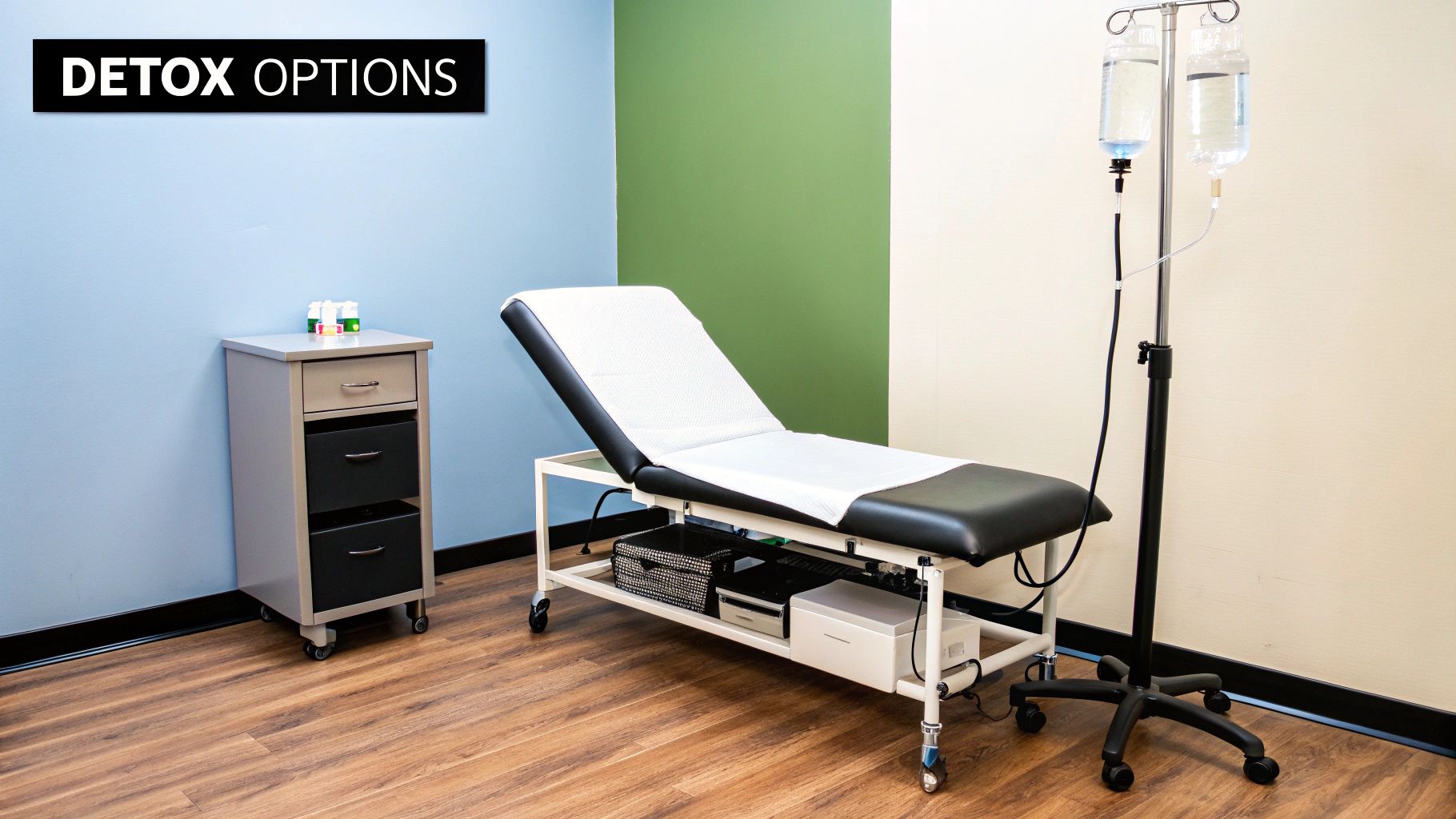
Successfully navigating PAWS means shifting your mindset from just surviving to actively building a new, sober life. This demands a proactive plan built on support, structure, and genuine self-care. Without that foundation, the emotional rollercoaster of PAWS can easily leave you feeling exposed and vulnerable.
The most critical step is to continue with professional treatment. Therapy, especially approaches like cognitive-behavioral therapy (CBT), gives you the practical tools to spot your triggers, manage cravings, and find healthier ways to cope with stress and tough emotions.
Just as important is connecting with people who get it. Peer support is an incredibly powerful resource. Being around others who understand the journey first-hand cuts through the isolation and provides a real sense of community and hope. You can learn more about finding the right community in our guide to addiction recovery support groups. Groups like Narcotics Anonymous (NA) provide a proven, structured path for long-term sobriety.
Finally, creating healthy daily routines is essential for stabilizing your mood and energy. Simple things like a consistent sleep schedule, gentle daily exercise, and eating nutritious food can have a profound impact on your brain’s healing process. These lifestyle changes create the stability you need to ride out the challenges of PAWS and build a strong, lasting recovery.
Common Questions About Heroin Withdrawal and Detox
When you’re facing heroin dependence, a lot of questions come up—and you need clear, honest answers. Getting straight-up facts is the first step toward feeling confident enough to ask for help.
Let’s walk through some of the most common concerns people have about heroin withdrawal symptoms, timeline & detox for heroin. The goal here is to cut through the confusion and give you the information you need.
Is It Safe To Detox From Heroin At Home?
The short answer is no. Trying to detox from heroin at home on your own is incredibly risky and something we strongly advise against.
While the withdrawal itself isn’t usually fatal, the side effects can spiral into serious medical emergencies. Constant vomiting and diarrhea can lead to severe dehydration and electrolyte imbalances that might land you in the hospital.
Even more critical is the overwhelming intensity of the withdrawal. The physical agony and powerful psychological cravings make the risk of relapse sky-high. And relapsing after your tolerance has dropped is extremely dangerous, often leading to a fatal overdose.
“A professional medical detox isn’t just about comfort—it’s about safety. In a supervised setting, your symptoms are managed with medication, keeping you physically stable and giving you a real fighting chance to get through it successfully.”
How Long Do Heroin Cravings Last After Detox?
This is a big one. Cravings don’t just switch off once detox is over. They’re usually at their worst during the first few weeks and months after you stop using.
The good news is that they do get better. With time and consistent effort in your recovery, the cravings will become less frequent and less intense. But it’s crucial to know that triggers—like stress, seeing certain people, or visiting old places—can spark a craving, even years down the road.
That’s exactly why ongoing support is non-negotiable. Therapy and support groups teach you how to handle these triggers without turning back to the drug. For a deeper dive into this, check out our guide on aftercare and relapse prevention, which is all about building a solid foundation for a life in recovery.
What Is The Difference Between Heroin Detox And Rehab?
People often use “detox” and “rehab” interchangeably, but they are two very different—and equally important—stages of getting well. Think of it as a one-two punch against addiction.
Here’s the simple breakdown:
- Detox: This is step one. It’s all about getting the drug out of your system safely. The entire focus is on managing the intense physical withdrawal symptoms to get you medically stable.
- Rehab: This is step two, and it starts right after detox. Rehab is where you address the why behind the addiction—the psychological, emotional, and behavioral reasons you started using in the first place. This is done through counseling, therapy, and learning new life skills.
Basically, detox gets your body stable, and rehab helps heal your mind. Both are essential for building a life free from heroin.
Call Now – Your Journey to Recovery Begins Today!

Take the first step towards a healthier life! Call now to connect with our compassionate team and start your recovery journey today. Your path to healing awaits!
Our recovery specialists are available 24/7 to provide support, and all calls are confidential and free. Reach out anytime – we’re here to help!
Can You Work While Detoxing From Heroin?
Honestly, trying to hold down a job while going through acute heroin withdrawal is just not realistic. The symptoms are physically and mentally crushing, making it nearly impossible to function, let alone perform your job duties safely.
Withdrawal demands all of your energy and focus. The pain, brain fog, and emotional turmoil require a safe, supportive space where healing is the only thing on your to-do list.
The smartest and safest move is to arrange for time off work and check into a medical detox facility. This ensures you get the 24/7 care needed to navigate the toughest part of the process and sets you up for success in the next stage of your recovery.
If you or someone you love is struggling, you don’t have to figure this out alone. Help is here. At Addiction Helpline America, our team is ready to offer the confidential support and guidance you need to find the right path forward. We’re available 24/7. Taking the first step toward a new life starts with one free, simple phone call. Reach out to us today at https://addictionhelplineamerica.com.
Our helpline is 100%
free & confidential
If you or someone you care about is struggling with drug or alcohol addiction, we can help you explore your recovery options. Don’t face this challenge alone—seek support from us.
Programs
Resources
Will my insurance
cover addiction
treatment?
We're ready to help
Find the best
drug or alcohol treatment
center
Are you or a loved one struggling with addiction? Call today to speak to a treatment expert.





